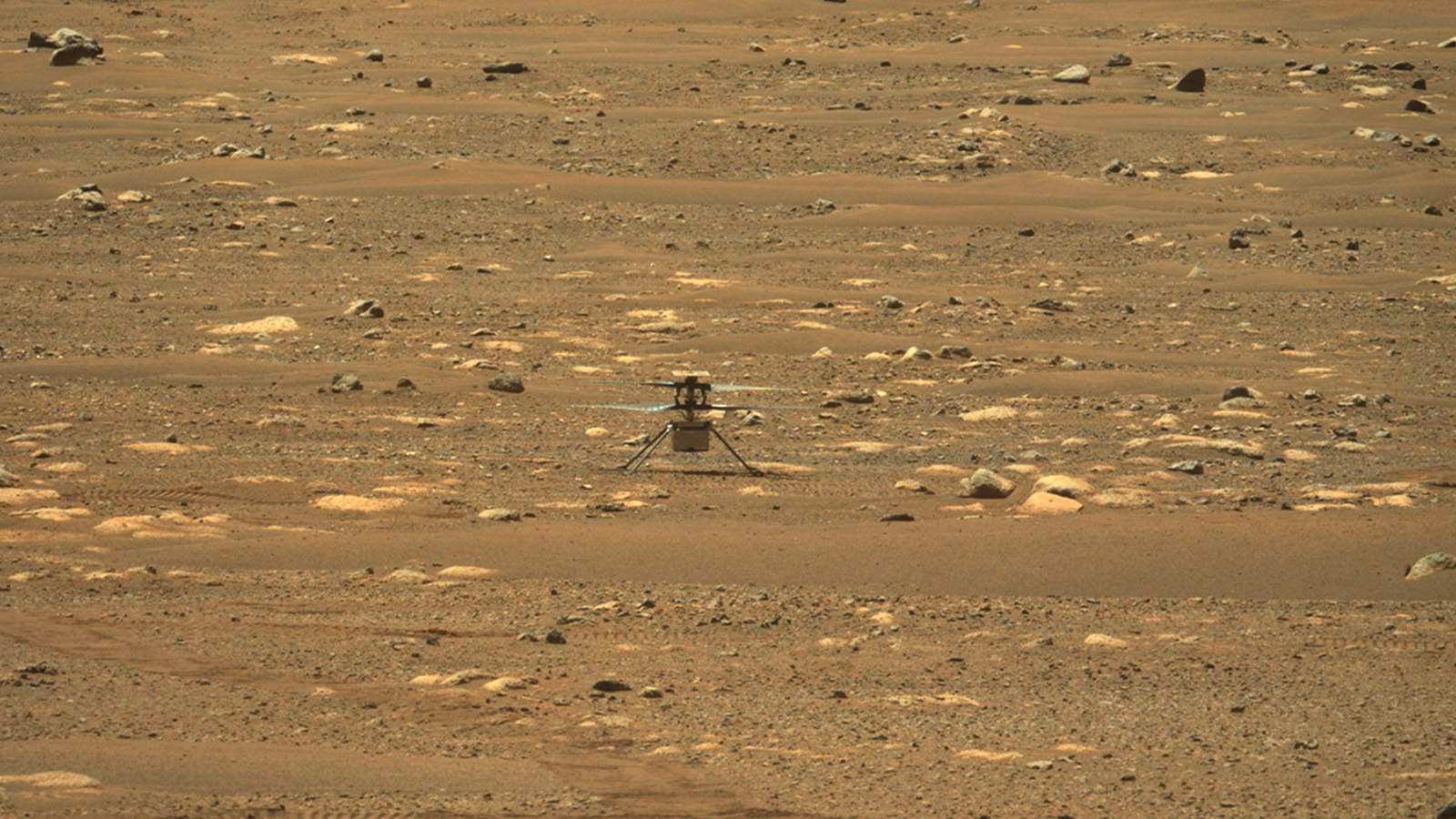Stay Up to Date
Submit your email address to receive the latest industry and Aerospace America news.
The Flight Testing Technical Committee focuses on testing of aircraft, spacecraft, missiles or other vehicles in their natural environments.
The first powered flight test on another planet took place in April when NASA’s Ingenuity Mars Helicopter took off from near the Perseverance rover and hovered 3 meters above the surface of Mars. After a series of technology tests, the helicopter transitioned to operations demonstrations and contributing to the ongoing science mission.
SpaceX continued its aggressive flight test campaign by launching and landing its Starship SN15 prototype in May, with an eye on transportation to the moon and Mars. In January, Virgin Orbit’s Cosmic Girl aircraft launched the LauncherOne rocket, delivering 10 cubesats to low-Earth orbit while testing the main engines, upper stage and payload delivery systems. That flight cleared the way for Virgin Orbit’s first commercial launch in June. Blue Origin maintained a high pace of test operations in January, April and August with suborbital payload flights of the reusable New Shepard rocket. Virgin Galactic received its FAA commercial space transportation operator’s license after a May flight test of its SpaceShipTwo-class suborbital rocket-powered spaceplane Unity. Both companies followed their flight test campaigns with their first suborbital flights of private passengers. Stratolaunch returned its carrier aircraft Roc to flight in April, focusing on performance and flying qualities of the world’s largest wingspan aircraft. The almost-590-metric-ton gross weight aircraft is a critical element of the company’s plan to test launch hypersonic vehicles.
The U.S. Air Force Test Pilot School redesignated its NF-16 Variable-Stability In-flight Simulator Test Aircraft, or VISTA, as the X-62A in June, after replacing the airborne simulation system and adding components for autonomy research.
NASA began testing a shock wave-sensing probe and precision relative guidance display on an F-15 Eagle in September in preparation for the first flights of the X-59 Low-Boom Flight Demonstrator next year. NASA will use the instruments to measure the shock signature around the X-59 to validate low sonic boom aircraft design tools. An in-flight schlieren imaging camera will produce images of shock waves around the X-59.
In April, Oklahoma-based Skydweller Aero flew a modified Solar Impulse 2 aircraft out of Albacete, Spain, to continue to test autonomous software for solar-powered flight. The test further characterized flying qualities to improve models of flexible aircraft capable of bringing persistent communication and sensor coverage to remote areas.
In May, Airbus worked with the Royal Singapore Air Force to complete the developmental phase of the company’s automated air-to-air refueling system. The A330 multirole tanker transport aircraft demonstrated fully automated refueling with another A330 and an F-16 Fighting Falcon aircraft as receivers.
Xwing, a California aerospace developer, tested its autonomously configured Cessna Caravan aircraft in February from gate to gate, demonstrating autonomous flight and navigating ground traffic and obstacles.
In March, Boeing and the Royal Australian Air Force completed the first flight of their Loyal Wingman uncrewed aircraft system.
NASA’s Advanced Air Mobility National Campaign began flight tests in March, evaluating air mobility procedures, approaches, test techniques and safety planning and a deployable test infrastructure using an OH-58C Kiowa helicopter surrogate. The tests were followed by flight tests with Joby Aviation in August and September to measure acoustic and operational performance at different flight conditions.
Kratos Defense and Security, with the U.S. Air Force Research Laboratory, completed a sixth XQ-58A Valkyrie test and demonstration flight in March. The test series for the Low-Cost Attritable Strike Demonstrator program included delivering the Altius-600 small UAS in flight.
Finally, Boeing tested its MQ-25 Stingray’s crewless air-to-air refueling capability in June with a U.S. Navy F/A-18 Super Hornet receiver aircraft. The team followed up with a refueling flight test of an E-2D Hawkeye in August.
Contributors: Paul Bolds-Moorehead, Brent Cobleigh, Starr Ginn and James Sergeant
Stay Up to Date
Submit your email address to receive the latest industry and Aerospace America news.




